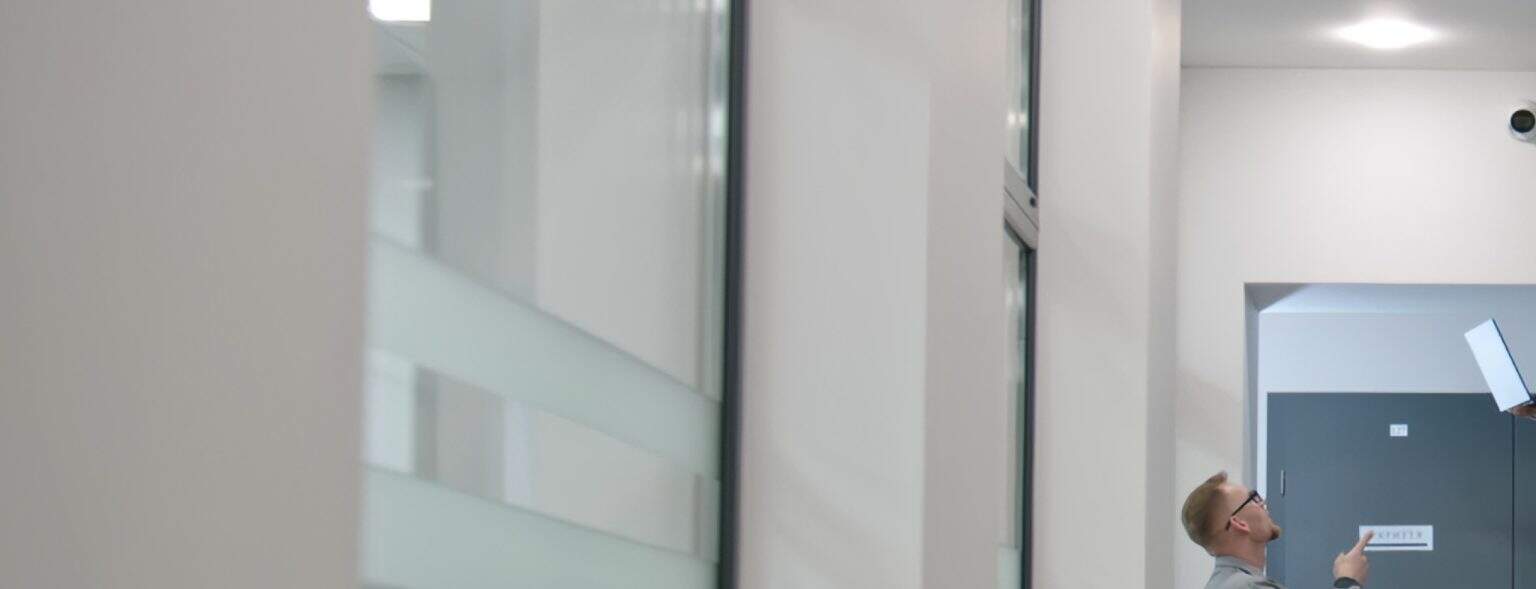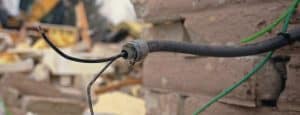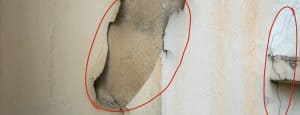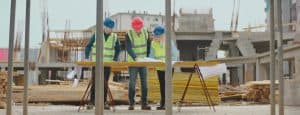No matter what kind of construction project you are planning – building control inspections are a fixed part of the process. They make sure that critical stages of construction are checked and the finished building complies with regulations. For project managers, this means: you need to know when these inspections happen, what inspectors will look at, and how to prepare. This guide provides a step-by-step overview of the inspection process, along with a preparation checklist.
- What are building control inspections?
- Building control inspection stages & schedule
- Building control final inspection: the most important stage
- How to prepare for a building control inspection: checklist & tips
- How digital tools support the inspection process
- Start handling all your building control inspections with ease
- FAQ – Frequently asked questions on building control inspections
Building control inspections at a glance
What are building control inspections? Scheduled site visits that check whether key stages of your project comply with building regulations.
What are typical building control inspection stages? Start of work, foundations, damp-proof course, drainage, structural elements, pre-plaster, and final completion.
How to prepare for an inspection: Stick to the agreed-upon inspection schedule, keep the site tidy and accessible, have drawings and certificates ready, and brief your team so nothing gets hidden before approval.
Handling your inspection with ease: Use digital tools like BauMaster to schedule inspections, run through digital checklists, store documents, and keep a full audit trail – so every visit is smooth and stress-free.
Get to know our construction management software
What are building control inspections?
Building control inspections are scheduled site visits which confirm that critical elements of a project meet building regulations. They’re not constant site supervision: inspectors only visit at key milestones (e.g., foundations, structural frame, pre-plaster, and final sign-off). This way, non-compliant work is spotted before it gets covered up.
In the UK, you must notify the building control body at the start of works, at completion, and at other agreed-upon stages. If everything is compliant, you’ll receive a completion certificate.
Why are building control inspections necessary?
Inspections protect safety, quality, and compliance. By verifying crucial work before it’s concealed, they reduce the risk of structural failures, fire hazards, poor energy performance, and more. If inspections are carried out timely and thoroughly, less costly rework is needed later on.
Who carries out inspections in the UK?
In the UK, there are two types of building control organisations:
- Local Authority Building Control (LABC) – the building control department of your local council.
- Registered Building Control Approver (RBCA) – private companies or individuals who are licensed to carry out building control work under the Building Safety Act.
When you apply for building control approval, you choose either the local authority or an RBCA. That body then becomes your point of contact throughout the project: they confirm the inspection schedule, carry out site visits, and issue the final certificate.
Building control inspection stages & schedule
Building control inspections are spread across the project timeline. Each visit is tied to a milestone where important work would otherwise be hidden from view. For most construction projects, the following key stages need to be inspected:
- Commencement / start of work: this first visit establishes your inspection schedule. It’s important to notify building control before breaking ground.
- Foundations and excavations: before any concrete is poured, inspectors check dimensions, soil conditions and reinforcement.
- Damp-proof course (DPC): before laying the floor slab, inspectors check oversite preparation, including hardcore, damp-proof membranes, insulation, and the damp-proof course in walls.
- Drainage (underground): new drain runs, manholes, or soakaways are examined and tested before backfilling.
- Structural elements: beams, joists and roof structures must be checked before plasterboard or finishes conceal them.
- Pre-plaster / first fix: inspectors will review wiring, plumbing, ductwork, insulation, and fire-stopping before plastering.
- (Optional) Occupation before completion: if part of the building needs to be used before full completion, an interim inspection ensures it’s safe for provisional occupation.
- Final inspection (completion): the last stage of the inspection schedule, when all work is finished and paperwork is ready. If everything complies, the final certificate is issued.
Is there a fixed building control inspection schedule?
No, your inspector will usually issue an Inspection Service Plan – a tailored schedule for your project. Each project may need slightly different inspection points depending on size and complexity, but the principle is the same: you cannot cover up critical work until an inspector has seen it. Missing a stage could force you to reopen completed work.
Building control final inspection: the most important stage
The final inspection is the decisive step before a project can be signed off. While earlier visits focus on single elements, this one looks at the building as a whole. The inspector will confirm that:
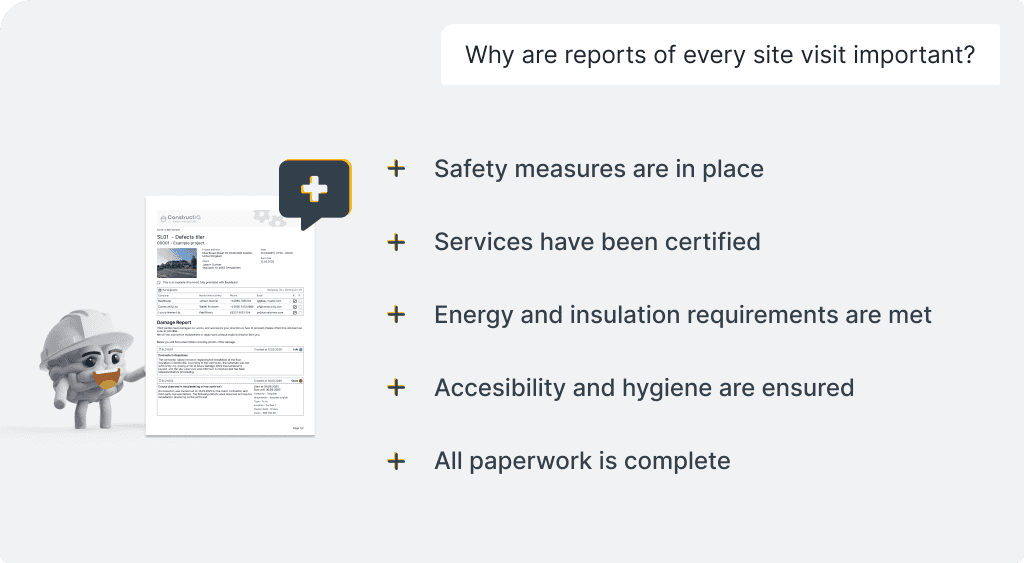
Once both the physical inspection and the documentation are satisfactory, the authority will issue the Completion Certificate or an equivalent sign-off document in regions outside the UK. Without this, the building cannot legally be occupied or sold.
This is where digital document management will help you significantly: instead of scrambling to locate paperwork, you can store and organise all your files in one secure place. With BauMaster as your construction document management software, everything is immediately accessible – for a smooth final inspection.
How to prepare for a building control inspection: checklist & tips
To keep inspections running smoothly, site managers should plan each visit carefully. Having a simple checklist makes the whole process faster and less stressful.
Preparation checklist for project managers
How to schedule inspections
To arrange a building control inspection, you contact either your local authority or your appointed inspector (RBCA). Most allow booking online, by phone or by email. Give at least 24 hours’ notice and state clearly which stage of work you want inspected.
When inquiring, have the site address, your application reference number and a qualified contact person ready. In many areas, next-day inspections are available if you call early enough. On the day of the inspection, make sure the site will be accessible, and the contact person is there to meet the inspector.
How digital tools support the inspection process
Building control inspections often create extra admin work: arranging visits, keeping records, collecting certificates from different trades, and proving that work was signed off at the right stage. Without a clear system, it’s easy to lose track – and that can mean delays or rework.
A construction management software makes this process far easier:
With BauMaster, all of this is built into one construction platform: time scheduling, monitoring, defect management, documentation, and collaboration are linked together. That means project managers can focus on delivering quality, while always having a complete digital record to back up compliance at every stage.
Start handling all your building control inspections with ease
Building control inspections aren’t just a formality – they protect safety, quality, and compliance. Managing these important steps in every project becomes much easier with digital support.
Ready to simplify your inspections? Discover BauMaster and see how it can save you time on site.
FAQ – Frequently asked questions on building control inspections
Who books the inspections – the builder or the client?
Legally, the responsibility lies with the property owner, but in practice it’s normally the builder or site manager who books inspections and makes sure the inspector can access the site.
How long does building control take to respond?
Most local authorities and private inspectors aim to visit within 24 hours of a booking if you call before their daily cut-off time. In busy periods it can take a little longer, but next-day inspections are the norm.
Can I start work before building control approval?
No. You need at least an initial approval before beginning. Starting without approval can lead to enforcement action, delays, and difficulties later when trying to certify or sell the building.
What if I miss an inspection stage?
If work has been covered up before inspection, building control may require you to open it up again. This causes delays and extra cost, so it’s always best to book inspections at the right time.
What happens if there is no building control certificate?
Without a completion certificate, a building is not formally recognised as compliant with the regulations. This can cause problems when selling or insuring the property, and in serious cases the local authority can take enforcement action requiring remedial works.

